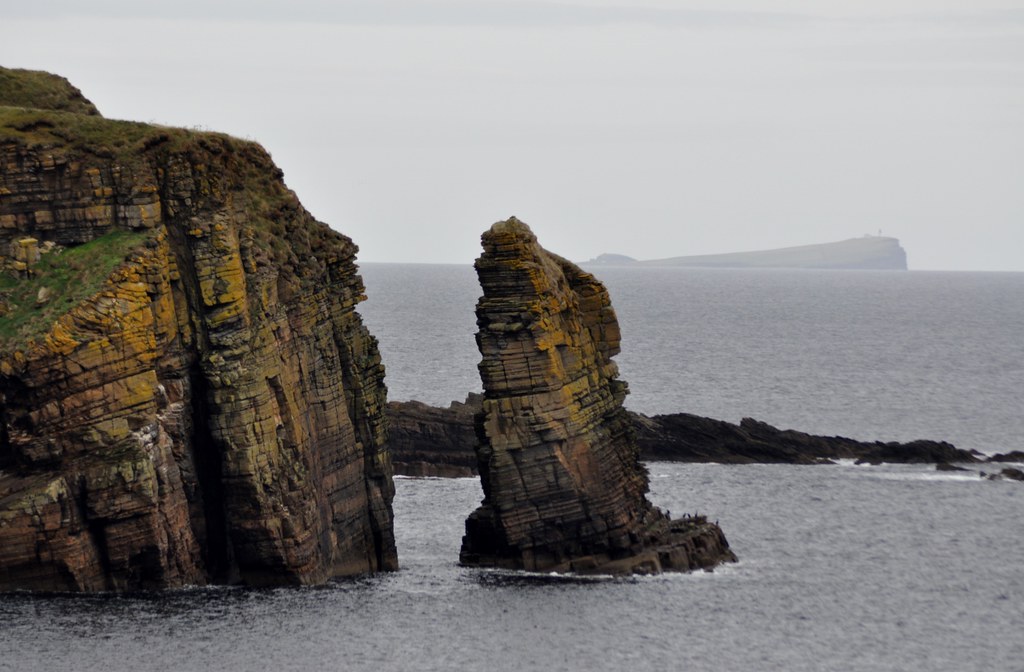Please see Part 1 for the introduction to this series of posts.
In this second part, we will be looking at the Orkney Islands.
All images can be clicked for greater detail.
Orkney Islands
Rousay
The island of Rousay today is sparsely populated. The first thing I noticed when looking at the island in Google Maps was the fact that it appeared to contain remains of a ‘terraced structure’ as shown in other posts on this site:
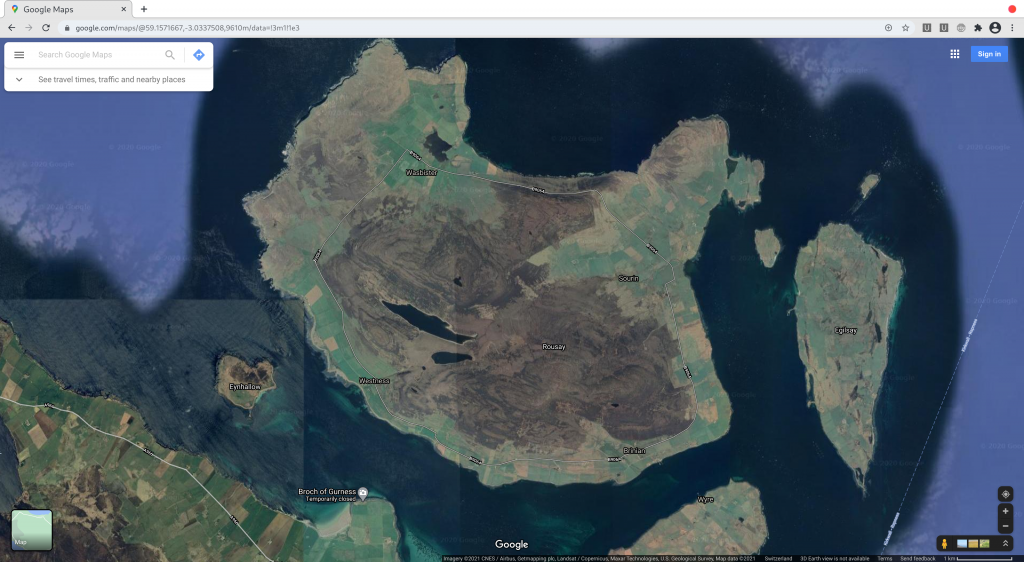
On closer inspection of the raised parts of the island, one can see remains that do not appear of contemporary origin:
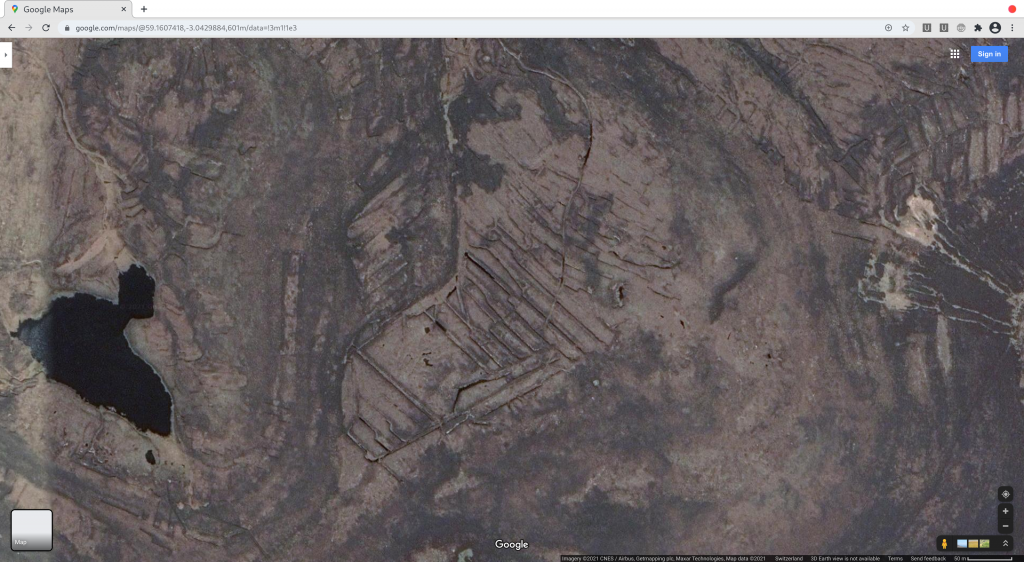

The coastline also appears to be artificial remains in many of the photos that I have seen:
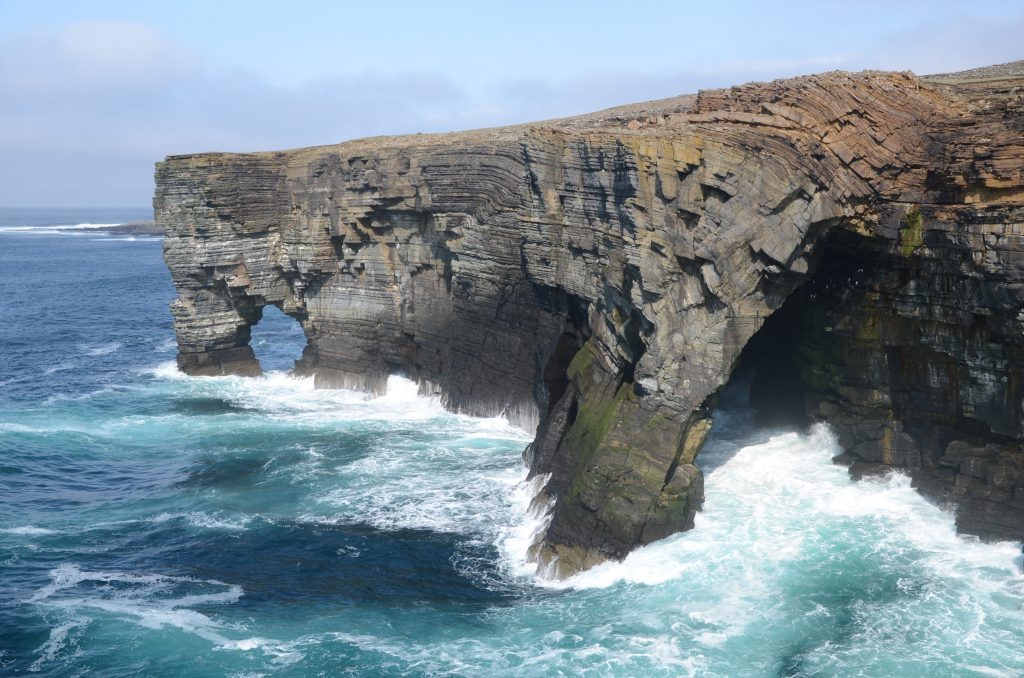
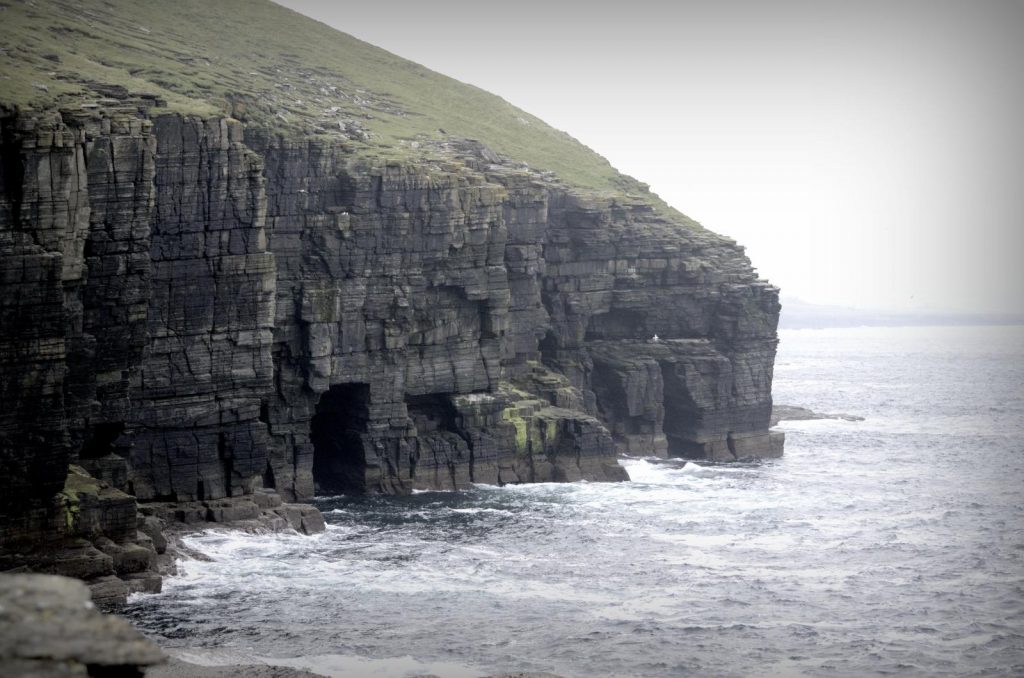
Hoy
The coastline of Hoy is also remains of artificial structures in many places:
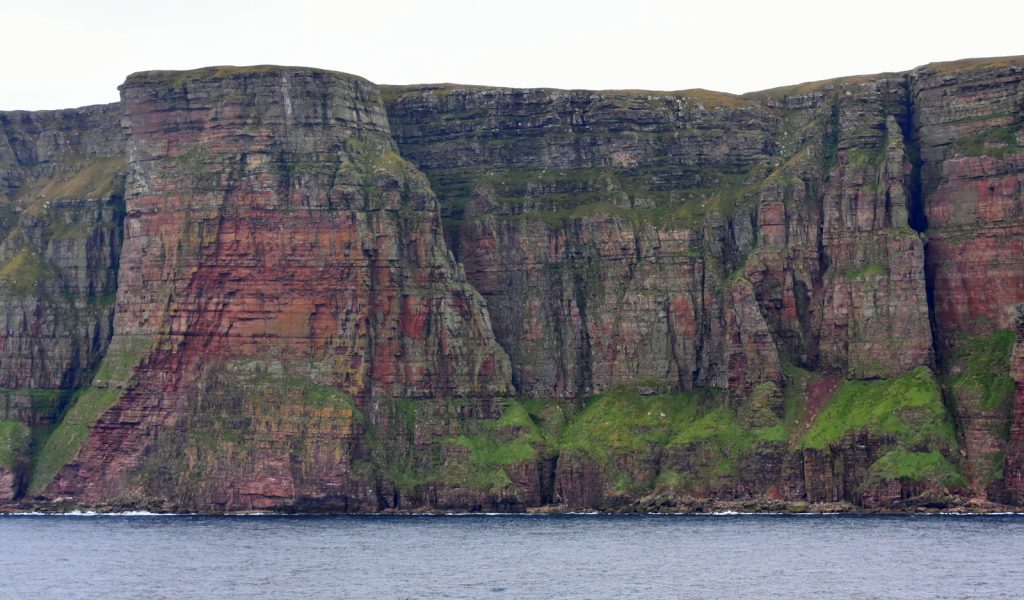

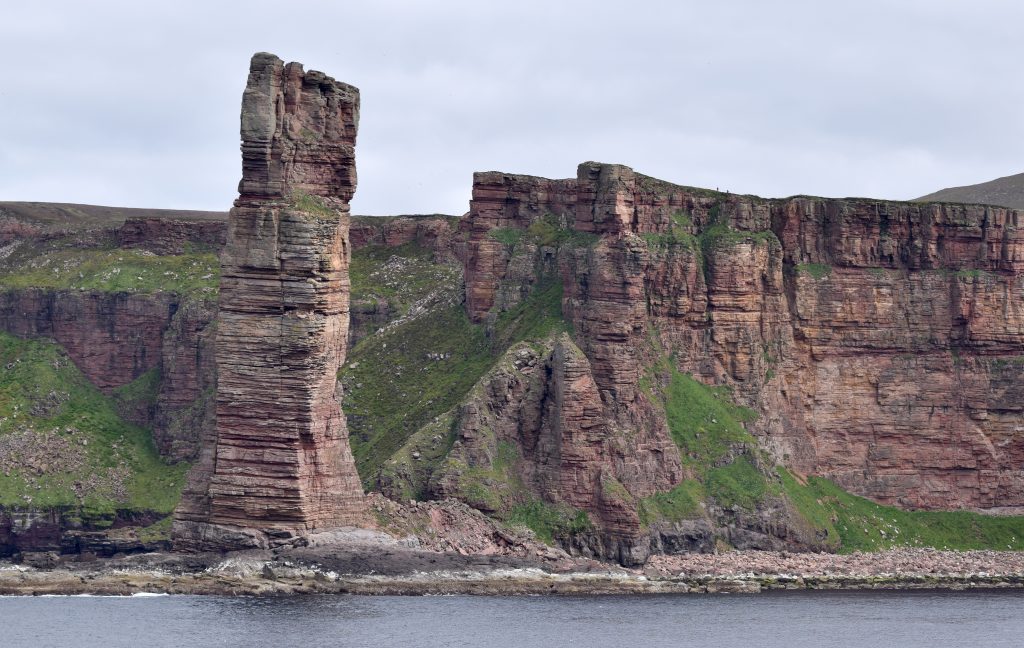

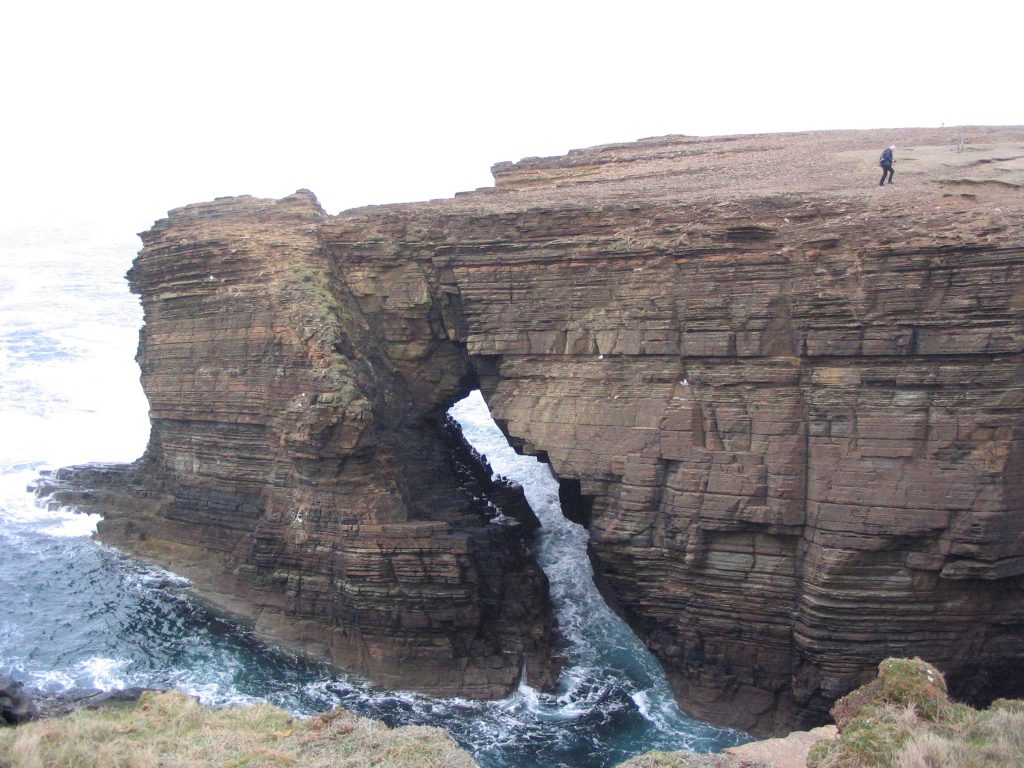
Westray
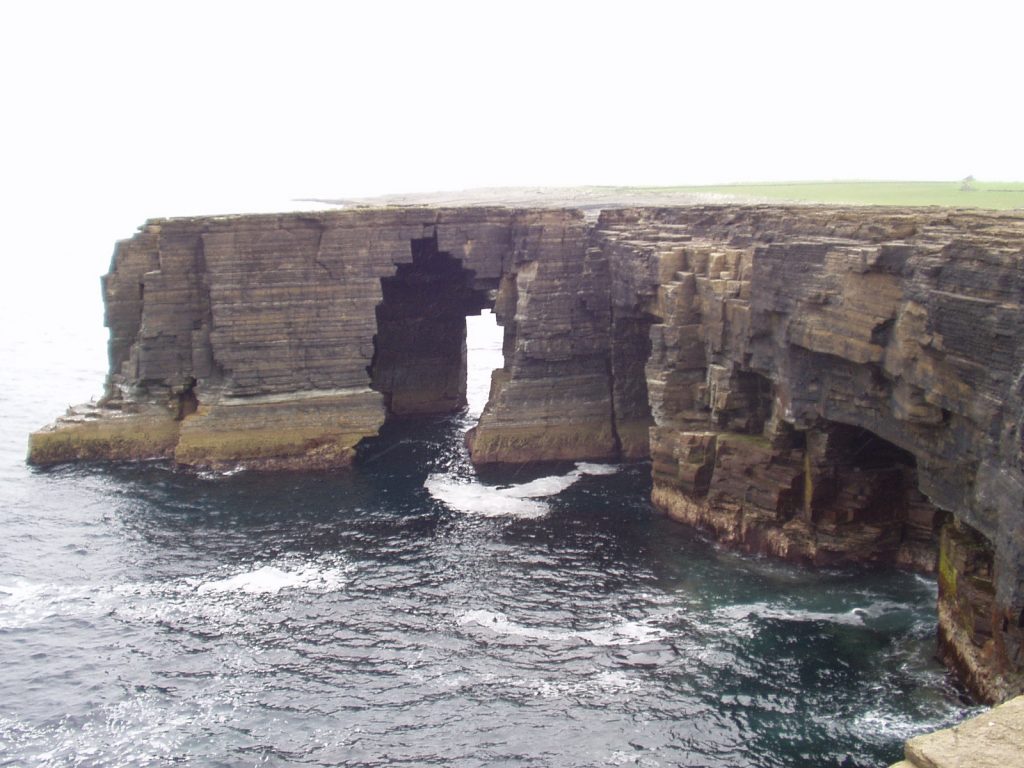
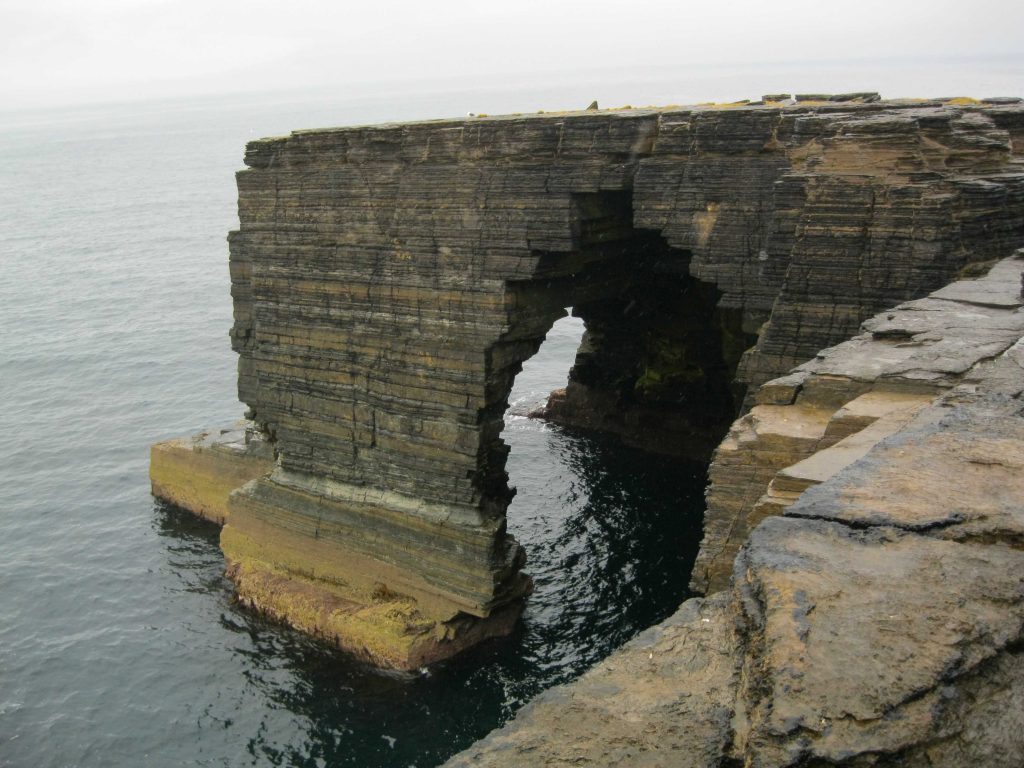

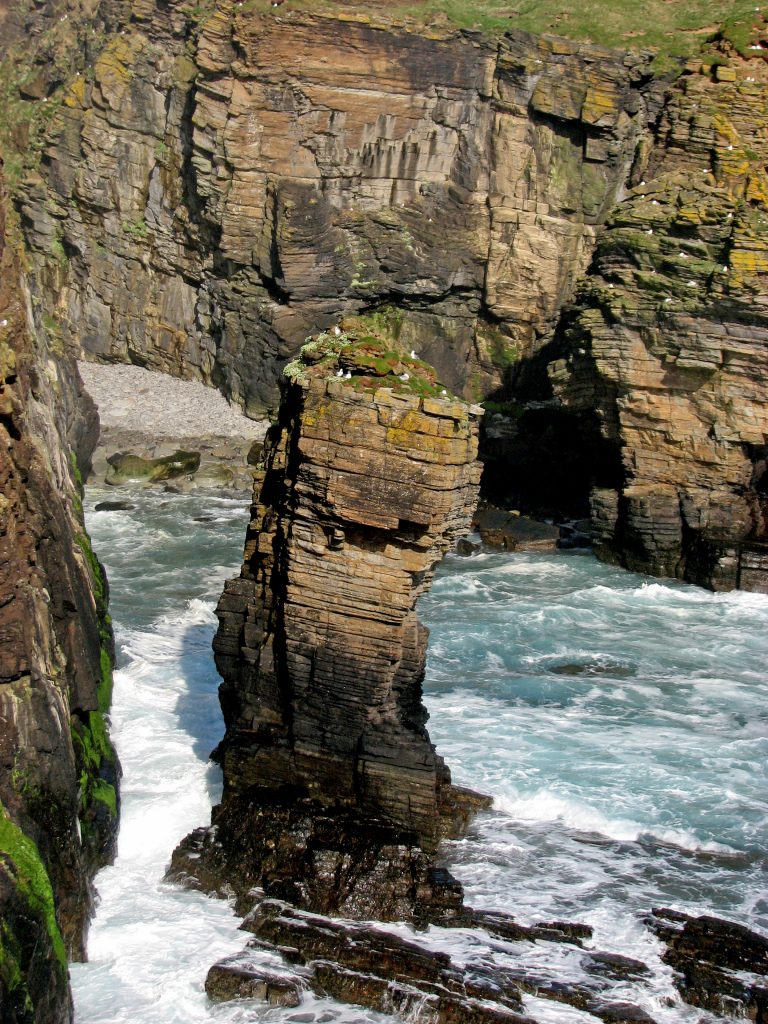
Stronsay
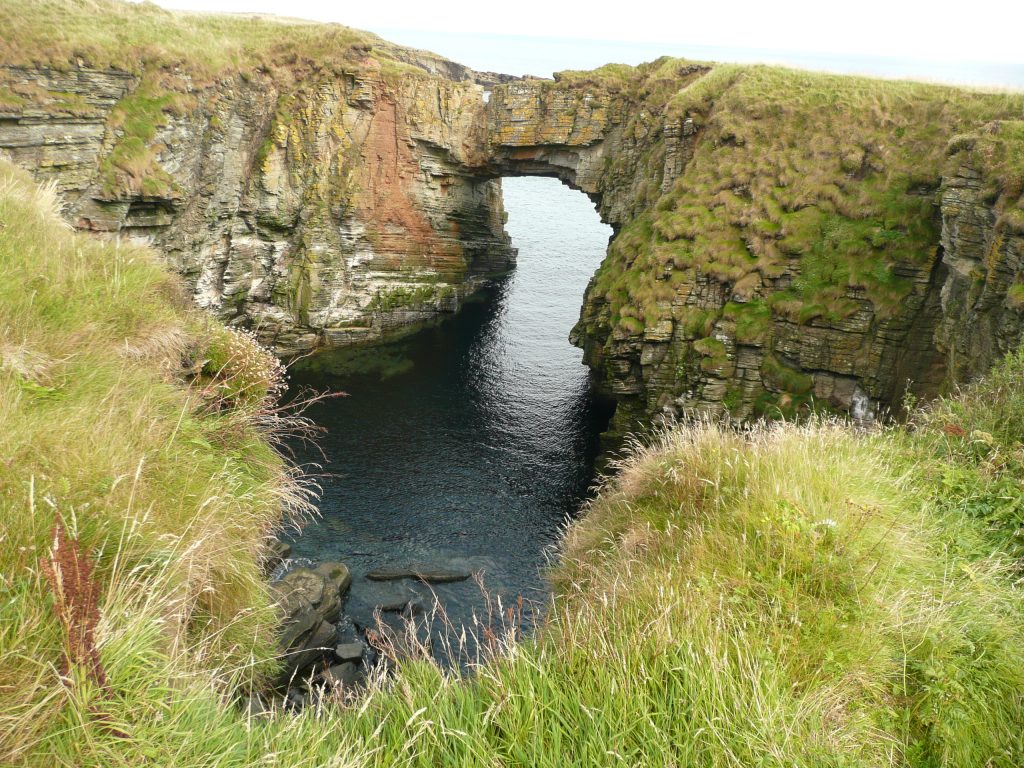
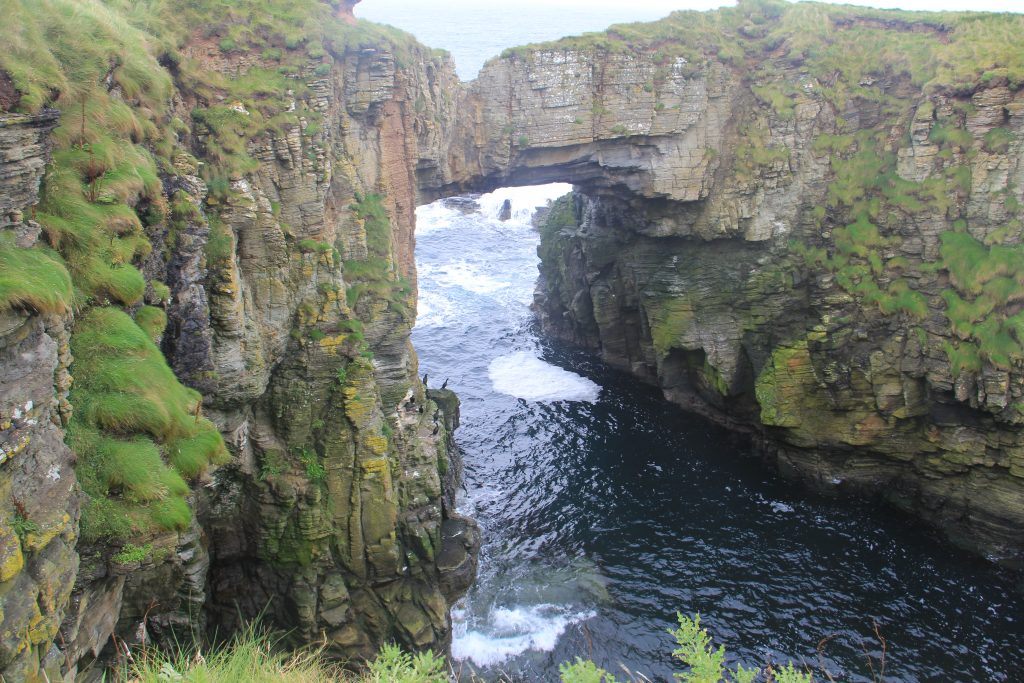

South Ronaldsay

